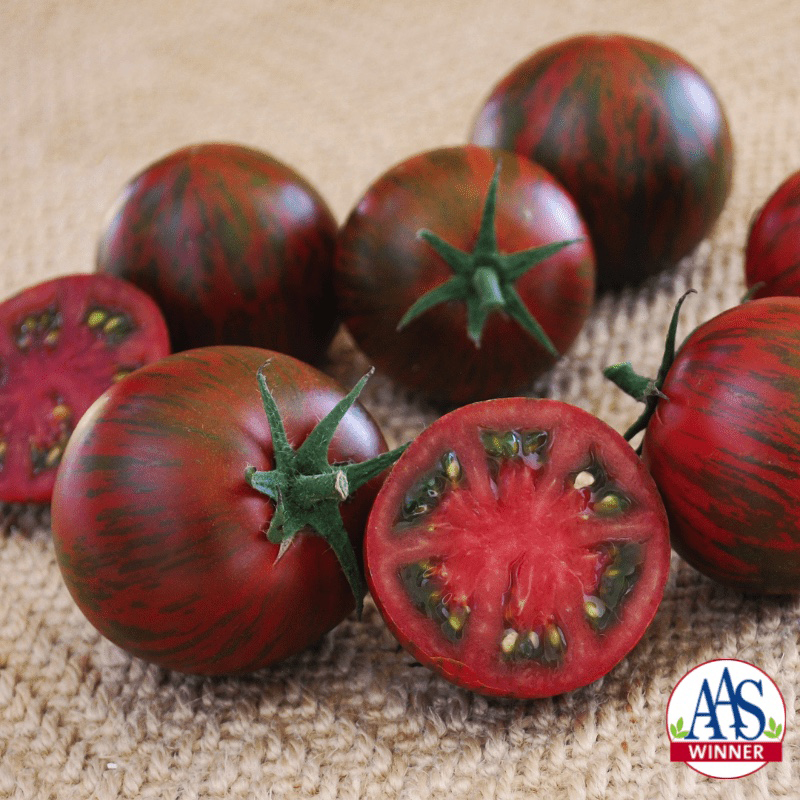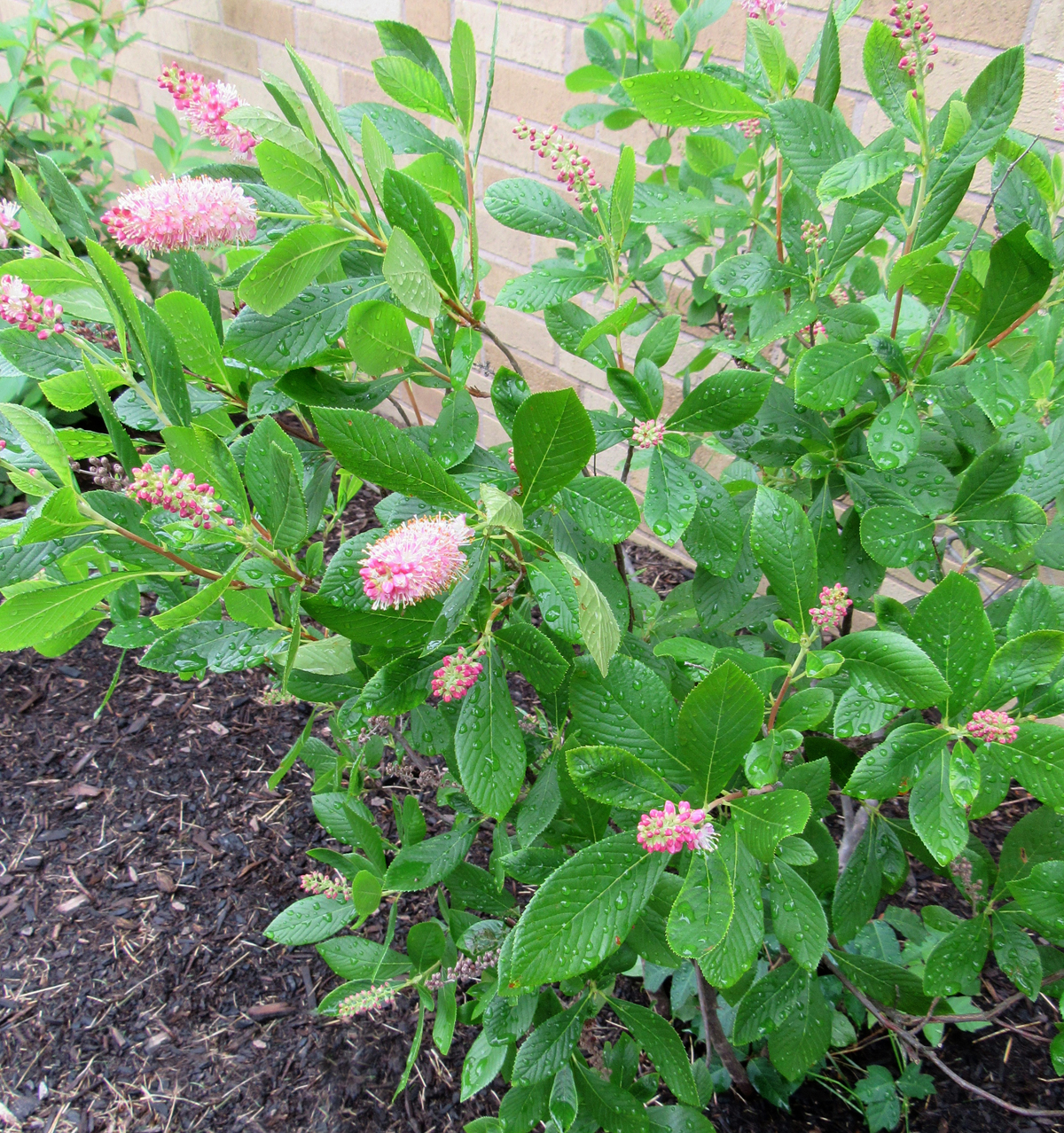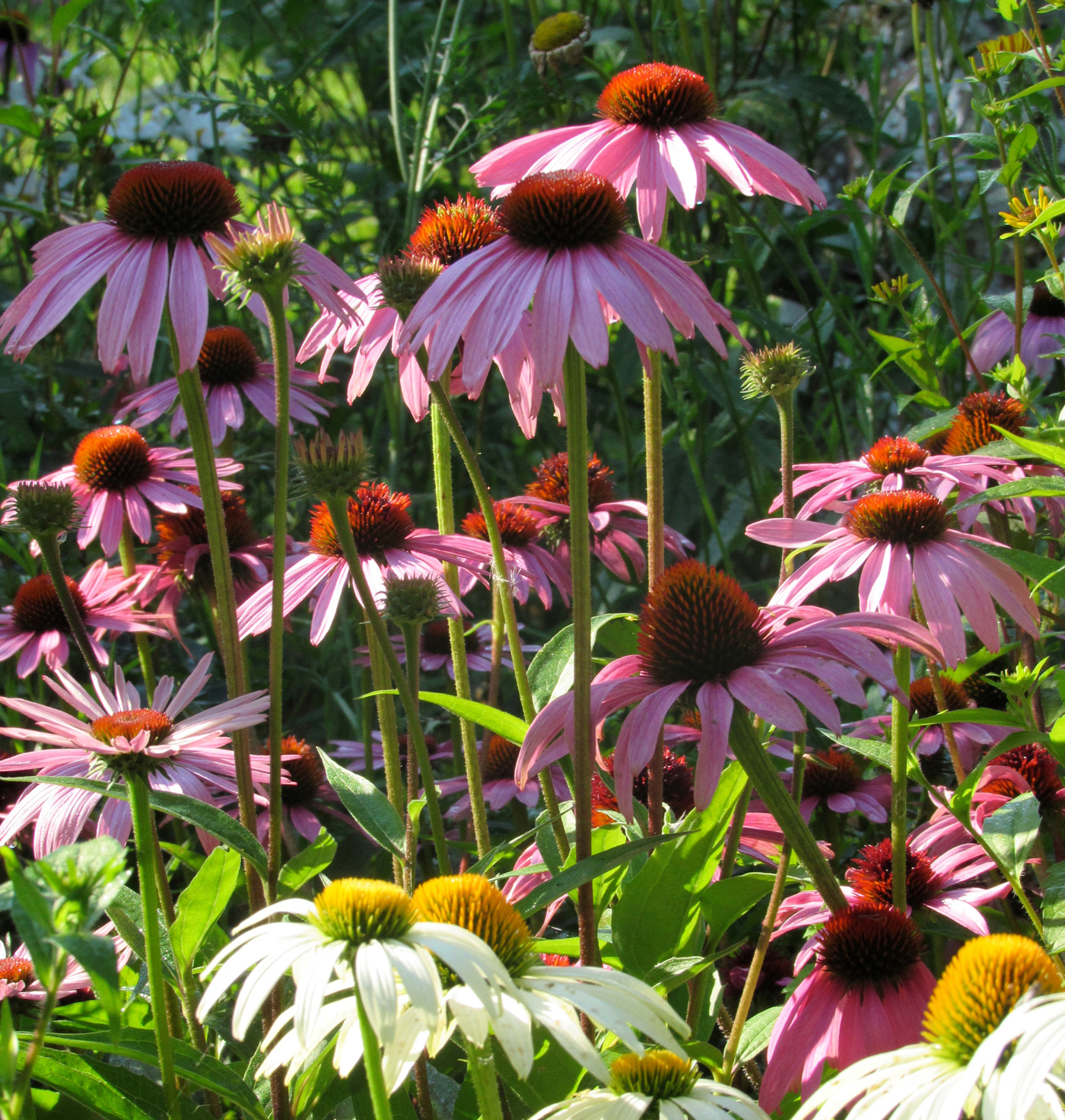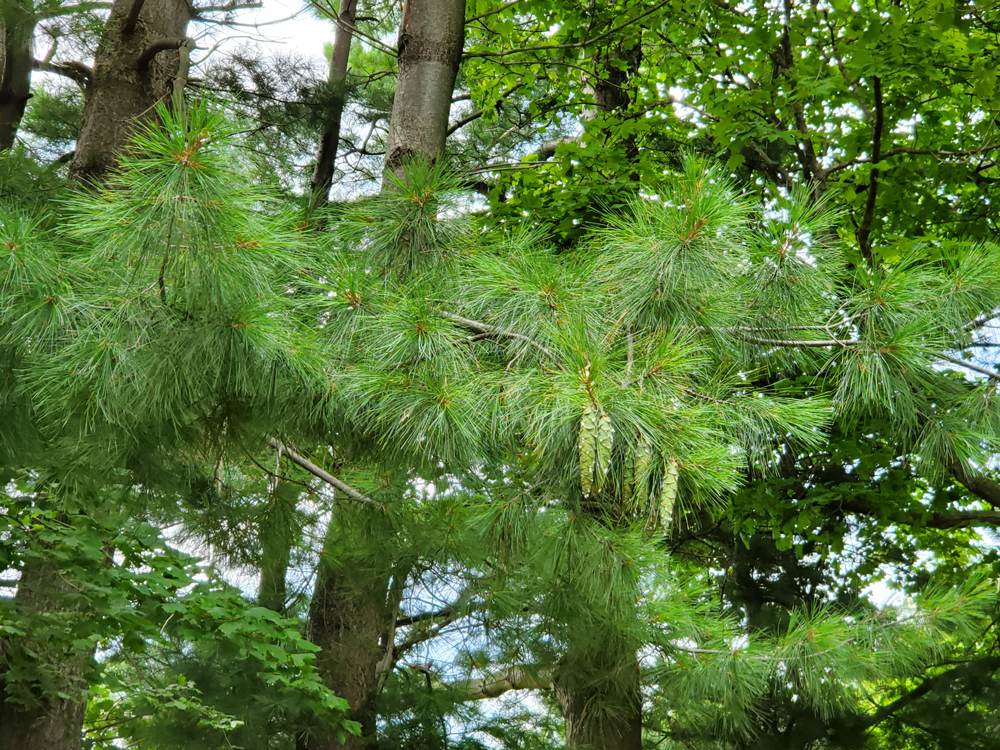Give weeds a chance
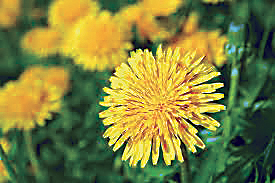
I recently had the chance to take part in a workshop on wild edibles led by Pat Banker, a Franklin County Cornell Cooperative Extension 4-H Program Educator. It was very entertaining and extremely enlightening. Pat noted that before people decided lawns should look like carpeting, most grassy areas were made up mainly of plants which could either be used as food or medicine – plants we now consider weeds. She spent much time describing the nutritional and medicinal powerhouses most of us work feverishly to get rid of – including the lowly dandelion.
Pat makes use of every part of the dandelion plant – all of which is edible. Right now in early spring, when the leaves are tiny and tender, they can be enjoyed fresh in salads. She likes to take the entire young rosette of leaves, dip them in a light batter and fry them. The long tap roots can be harvested, roasted and then ground up for use in tea. The ground roasted dandelion root she brought to the workshop smelled like chocolate and the tea tasted very much like cocoa.
Since hearing Pat speak, I’ve done some additional research on the plant – Taxaracum officinale. Dandelions are native to Eurasia and were known to ancient Egyptians, Greeks and Romans. According to Anita Sanchez, author of The Teeth of the Lion – The Story of the Beloved and Despised Dandelion, the plant likely arrived on our continent on the Mayflower, brought purposefully by the pilgrims for its medicinal benefits.
Consider these interesting facts pointed out by Sanchez: dandelions are a green and growing first aid kit. Dandelion tonics have been used to help the liver remove toxins from the bloodstream; at one time were used to treat everything from warts to the plague. Modern medicine is studying the plant for its apparent ability to regulate blood sugar, reduce inflammation, aid weight loss and perhaps even reduce cancer risk.
As a food, dandelions are very nutritious, with more vitamin A than spinach, more vitamin C than tomatoes, and a great source of iron, calcium and potassium. In the past, eating dandelions helped people address common vitamin deficiencies in times when vitamin pills were unknown.
Both Pat Banker and Sanchez tout the fact that dandelions are good for your lawn. Yes, you read that correctly – dandelions are good for your lawn. Their wide-spreading roots loosen hard-packed soil, aerate the earth and help reduce erosion. The deep taproot of the dandelion moves important nutrients such as calcium up to soil levels where it is available to other plants. That’s right, dandelions act as a fertilizer to grass.
Dandelions also play a vital role, especially during early spring, as a food source for bees.
I could go on, but space is limited. Let me conclude with the fact that April 5 is designated as National Dandelion Day. If you missed it this year like I did, be sure to celebrate a little late by picking a few blooms once your lawn turns yellow like mine will; or by catching a dandelion seed and making a wish – or perhaps you could harvest the blossoms to make dandelion wine.




